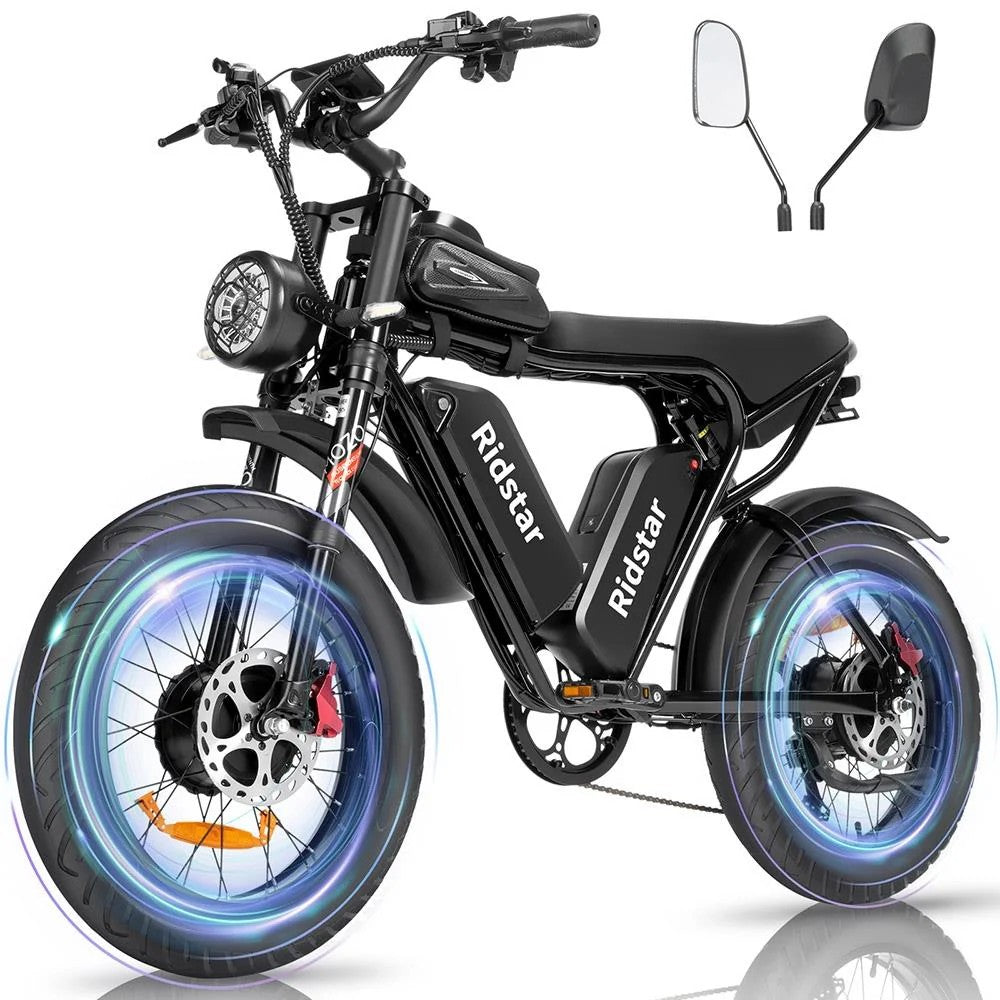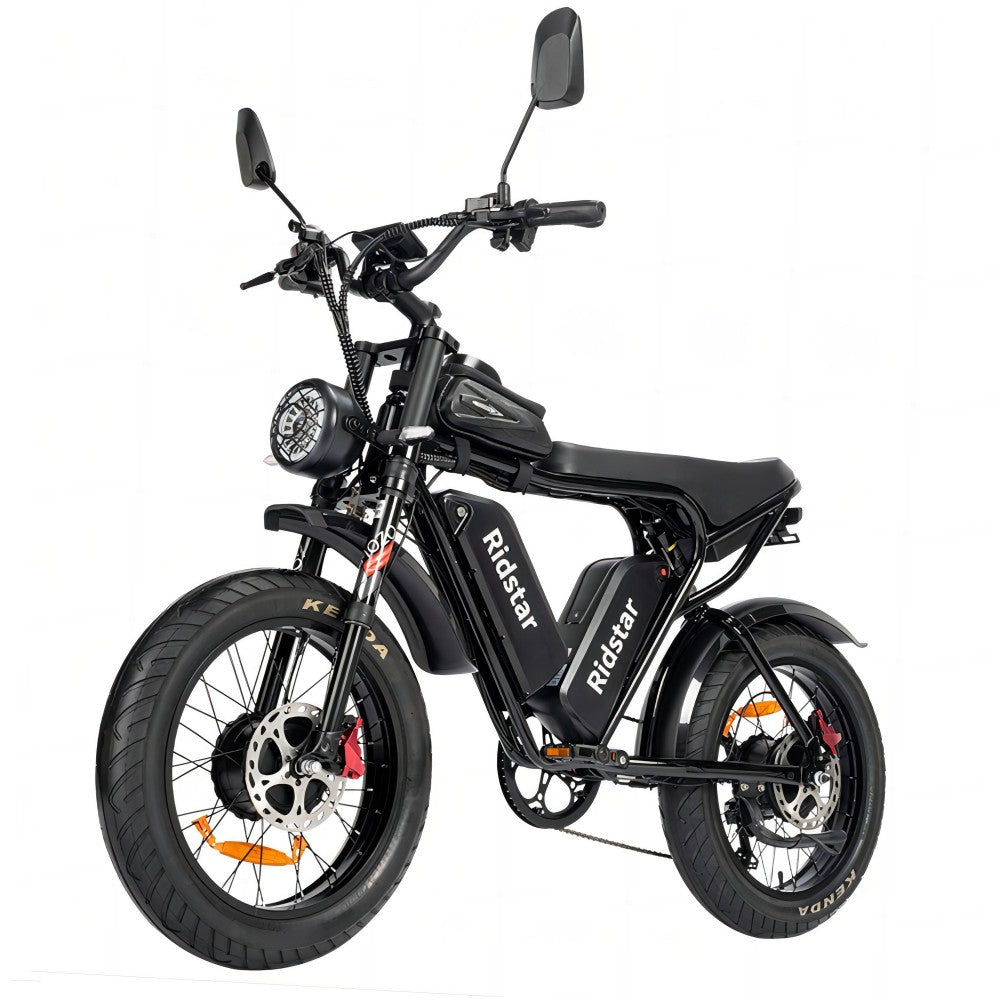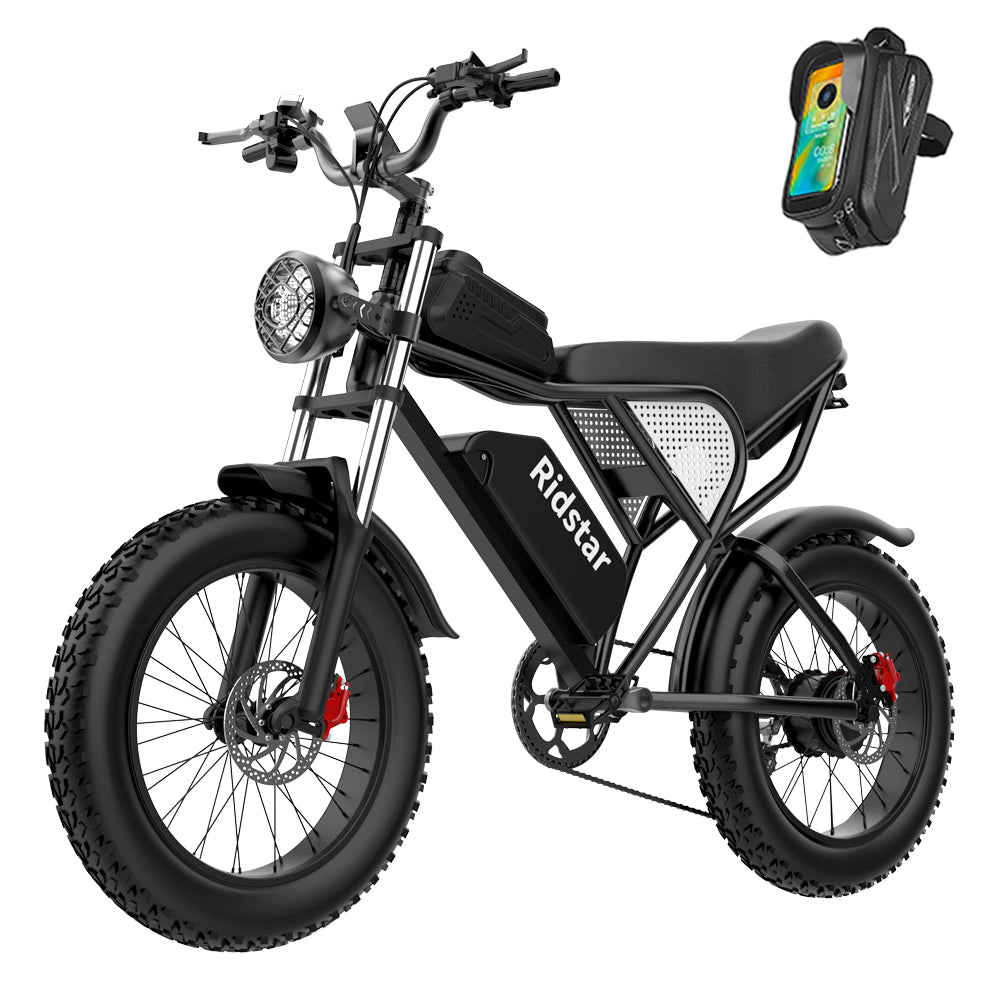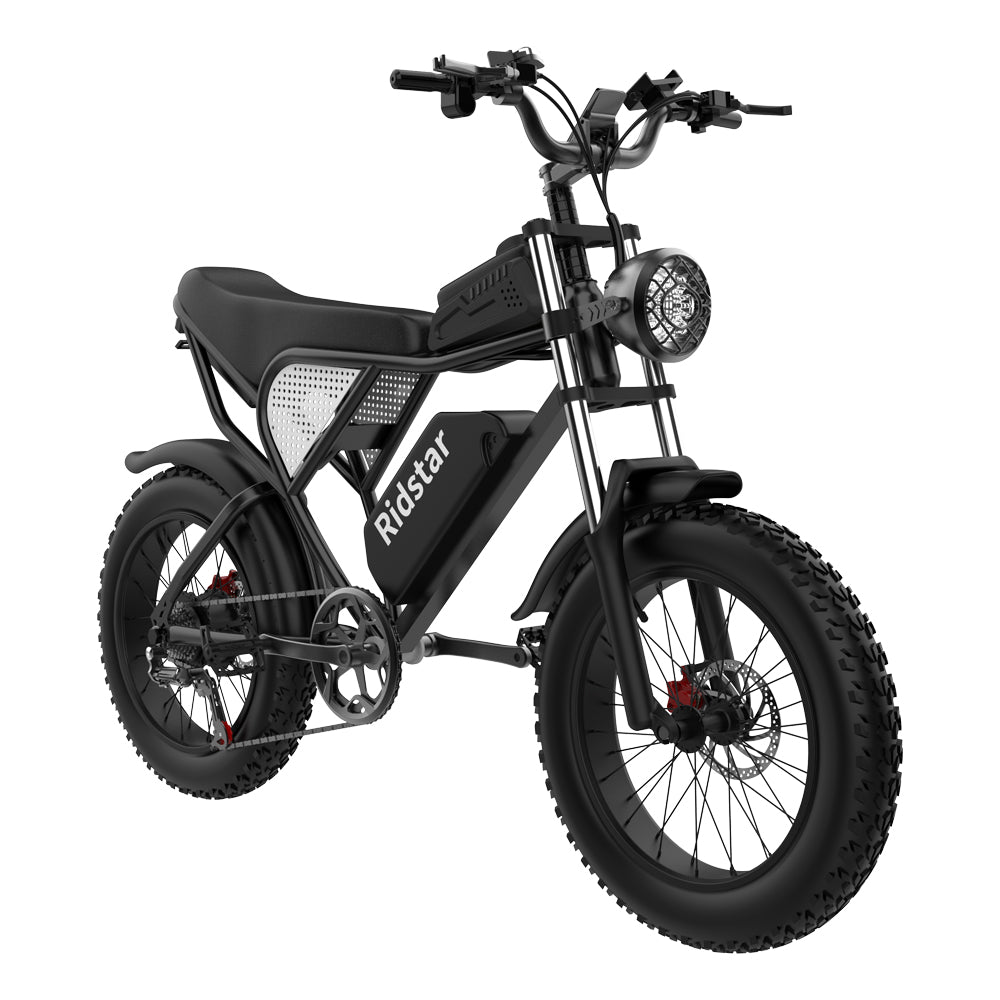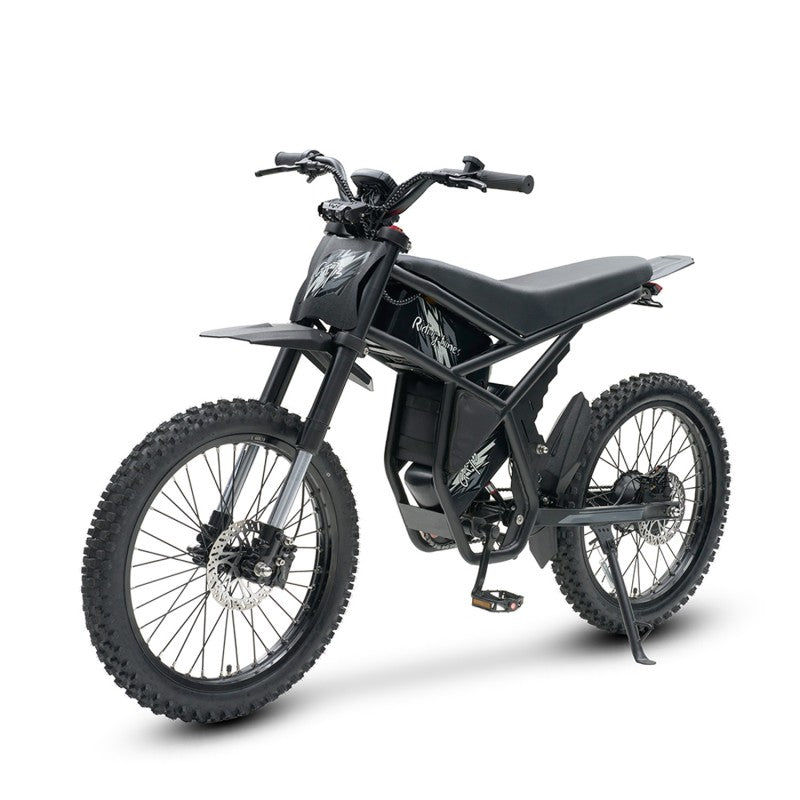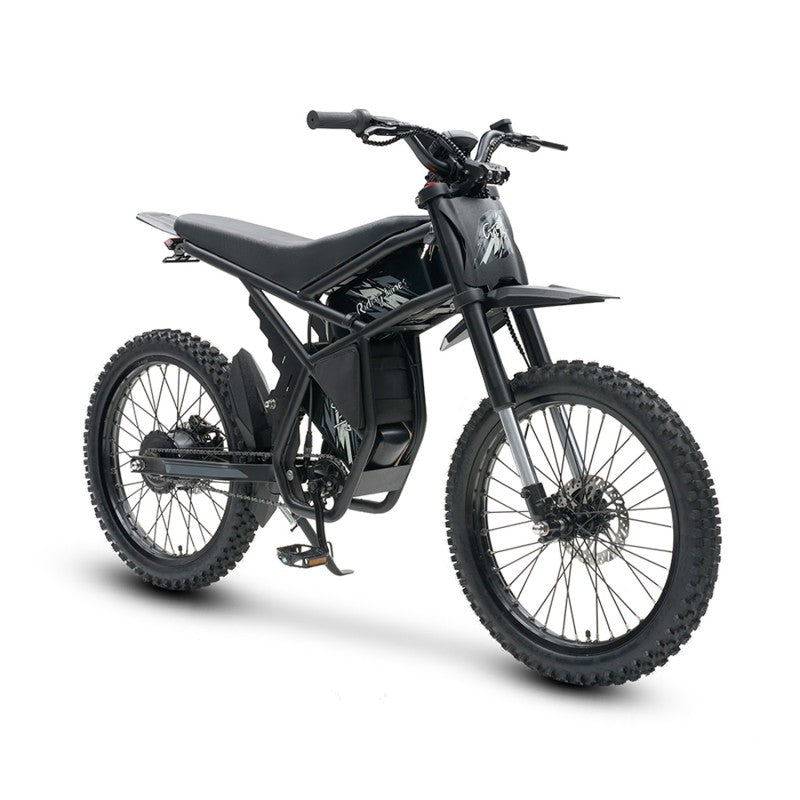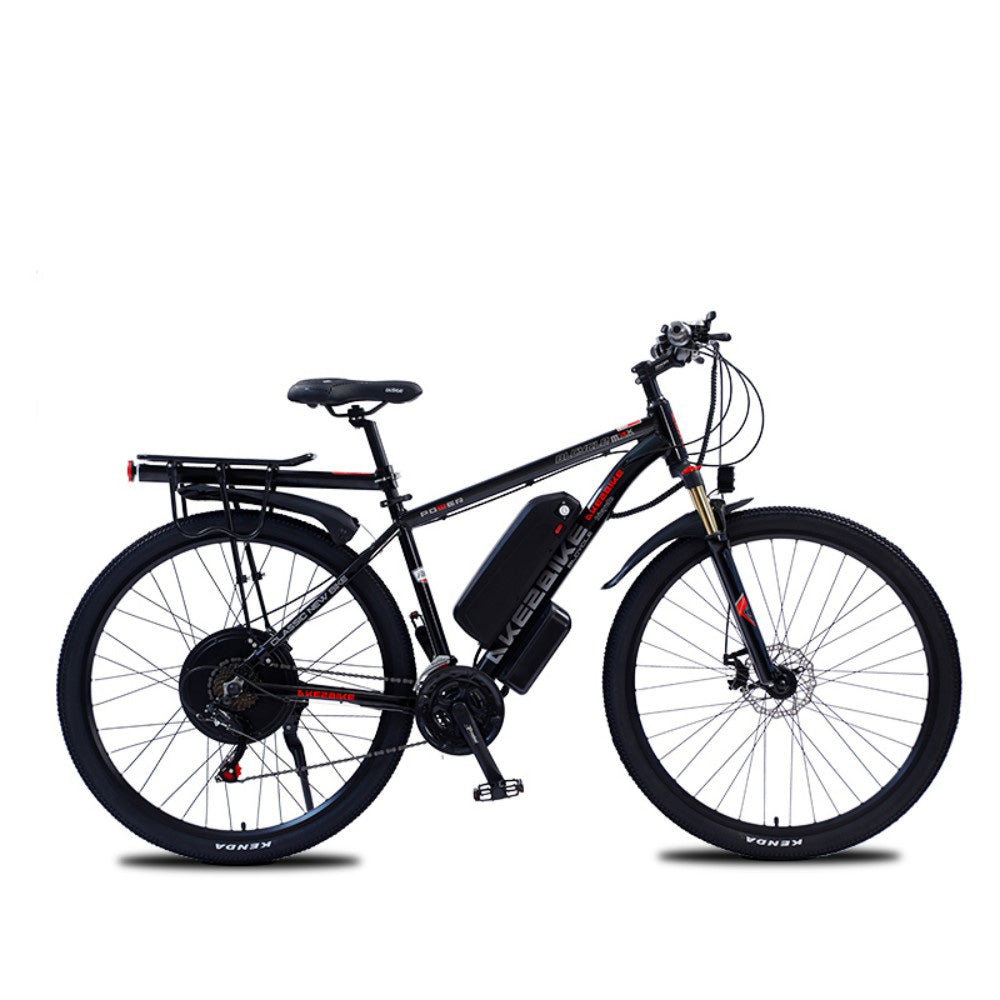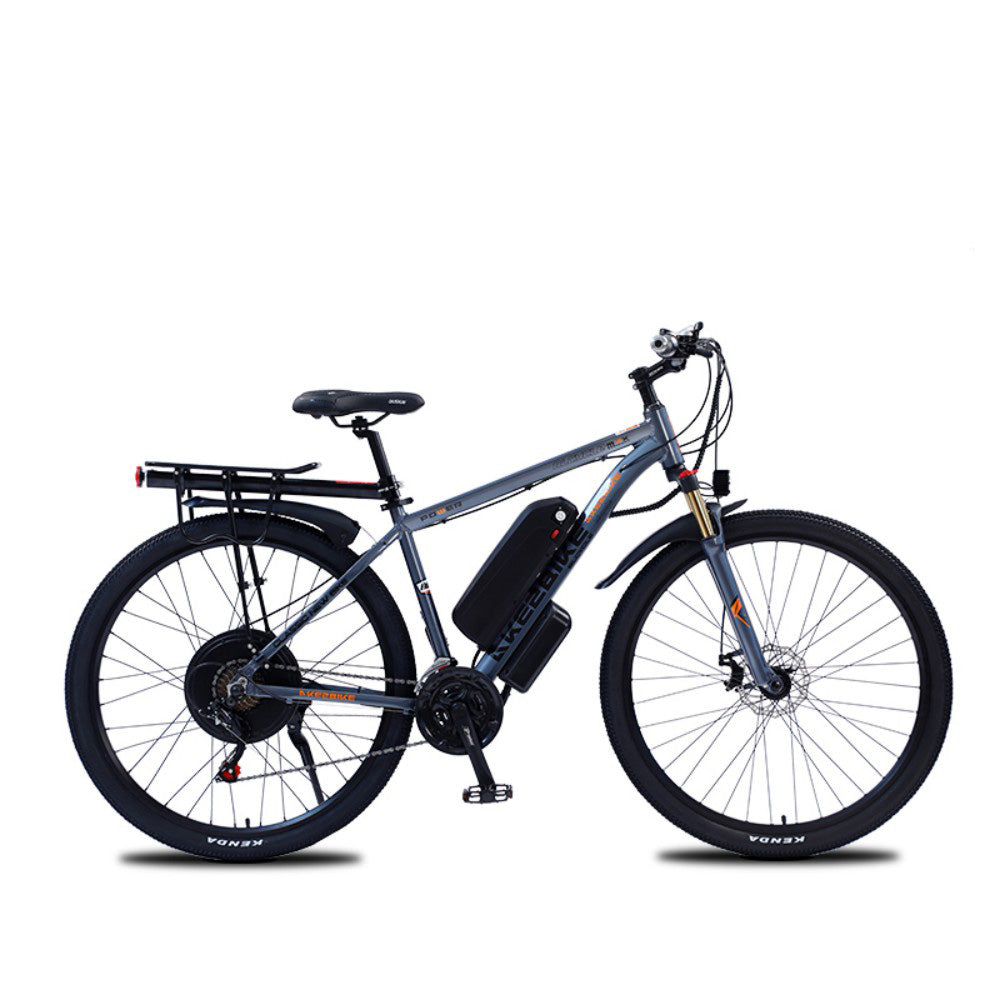U.S. manufacturer Zero Motorcycles has begun production of its new XE and XB models, marking a bold strategic shift for this well-established premium electric motorcycle brand. With this ambitious move, Zero aims to make electric two-wheelers more accessible to the broader public—an industry previously dominated by high-end, niche consumers.
Based in California, Zero has built a reputation for producing high-performance but expensive electric motorcycles. Until now, its flagship models, priced between $22,000 and $33,000, effectively priced out a significant portion of potential buyers. But with the launch of the XE and XB in November 2024, the brand is poised to reshape the market entirely.

A New Era of Pricing in the Electric Dirt Bike Market
Zero’s pricing strategy for these new models breaks industry convention. The XB comes in at $4,995, while the more advanced XE is priced at $6,995. This aggressive pricing puts them in direct competition with value-focused Asian brands like Sur Ron and Talaria, which have captured significant market share with their affordability and performance.
This dramatic reduction in cost is the result of a deliberate strategy: leveraging Asian design and manufacturing to reduce production expenses. While this move significantly lowers the final retail price, it has also raised questions about whether Zero is compromising its long-standing premium positioning. Early prototypes showcased at EICMA still bore clear "Made in China" markings—something that was reportedly refined in the final production models.
Technical Specs and Performance Highlights
The XE is the more advanced of the two, featuring a 4.3 kWh removable battery, one of the largest in its class. It powers an air-cooled motor capable of producing up to 15.5 kW (around 21 horsepower), with a top speed of 53 mph.
In contrast, the XB is more modestly equipped, in line with its lower price. It comes with a 7.5 kW motor (roughly 10 horsepower) and a 2.4 kWh removable battery. Its top speed is limited to 28 mph, clearly targeting beginners and urban riders who prioritize ease of use over raw performance. Zero claims a range of up to 47 miles, though real-world figures remain to be validated.
Both models feature removable batteries, making home charging convenient, and utilize simplified versions of the brand’s premium Z-Force drivetrain, with design oversight handled by Zero’s engineering team in California. This gives them a technological edge in competing with well-established Asian rivals in the lightweight electric category.
Regulatory Barriers in the U.S. Market
One of the biggest hurdles facing the new XE and XB is regulatory certification. In the United States, neither model is currently approved for public road use, significantly limiting their commercial potential. As a result, they are restricted to off-road trails and private tracks, which is a tough sell for the urban demographic Zero hopes to target.
Europe tells a different story. On the continent, both models are road-legal, offering a much more promising commercial outlook. This regulatory divide could heavily influence Zero’s global rollout strategy, likely pushing the company to prioritize the European market initially.
A Risky but Necessary Strategy for Growth
Zero insists that the new models are not meant to cannibalize sales of its high-end lineup but to complement it. The goal is to create a "ladder effect," allowing entry-level riders to explore the world of electric mobility before graduating to more powerful, premium models. This mirrors the strategy used by carmakers offering base models to build long-term brand loyalty among younger buyers.
The potential customer base for these lightweight electric models is vastly larger than that of high-end bikes. With urban congestion and environmental regulations pushing commuters away from cars, lightweight EVs are gaining traction in cities worldwide. Zero hopes to compensate for lower per-unit margins with higher overall sales volumes.
The arrival of the XE and XB signals a new chapter in the evolution of the electric two-wheeler market. Deliveries are expected to begin within weeks, and these models will soon face their first real test: how well they stack up against tough, price-savvy competition from Asia. Their success—or failure—could very well shape the industry's trajectory toward broader electrification.





